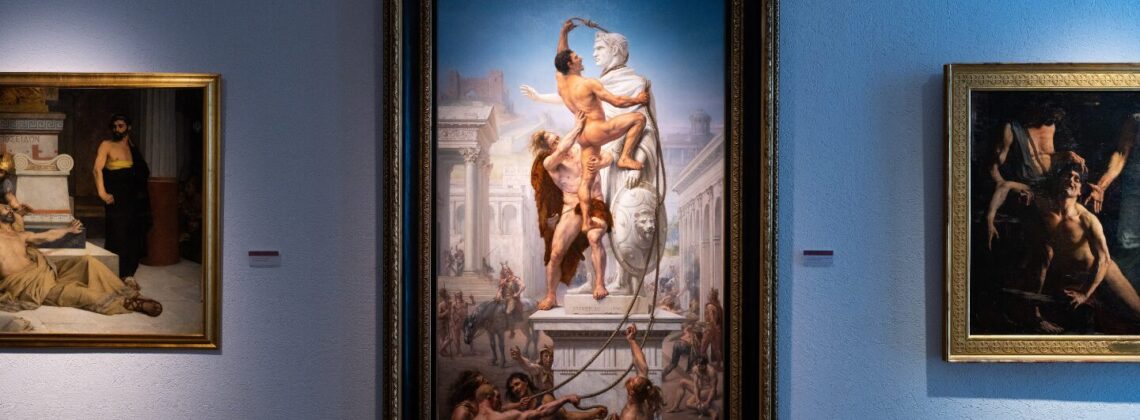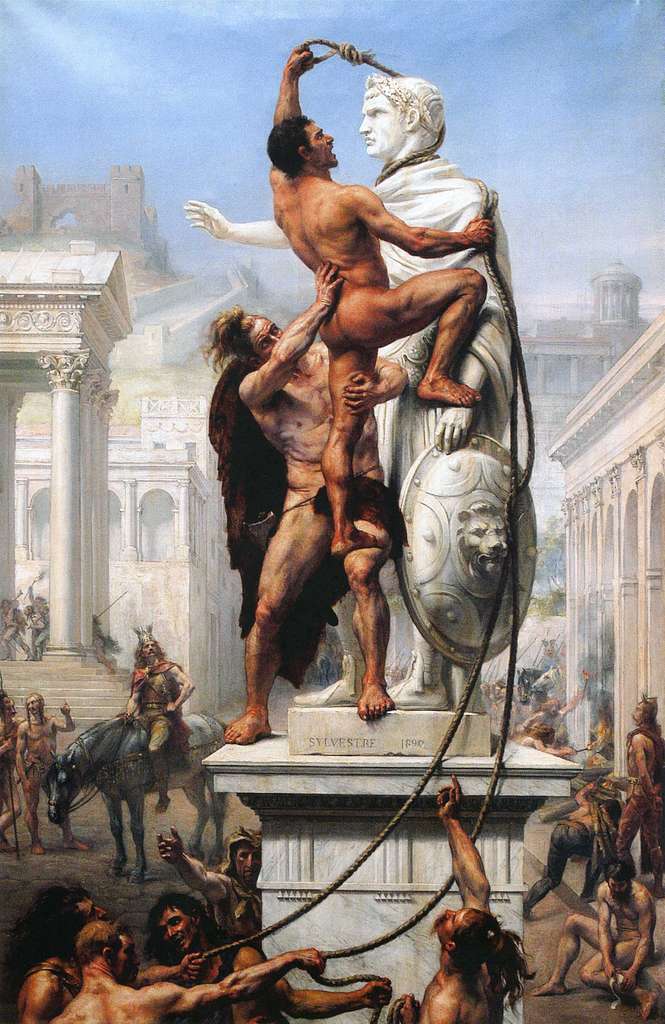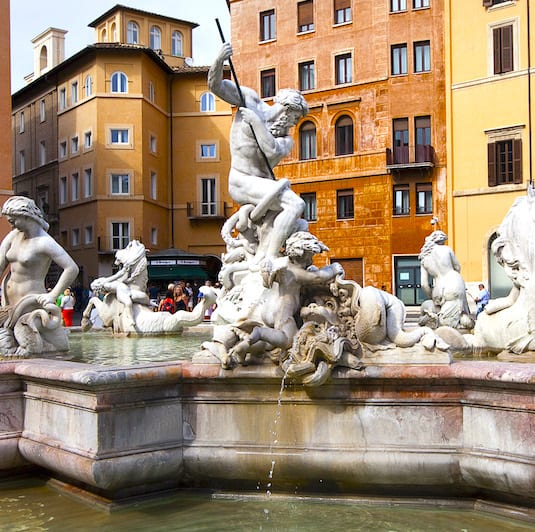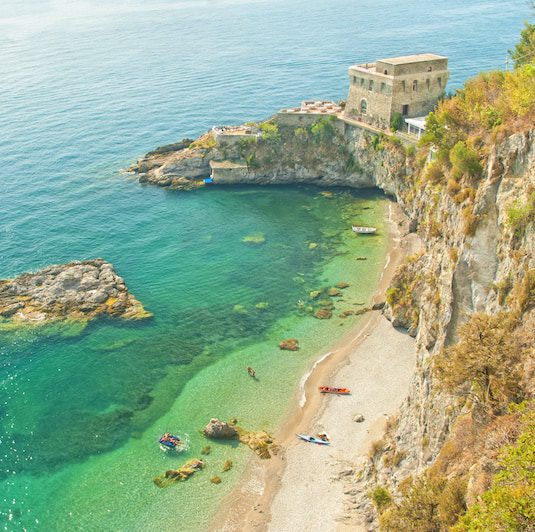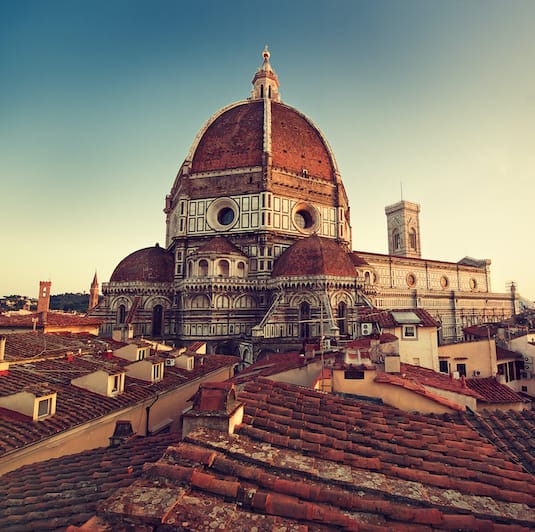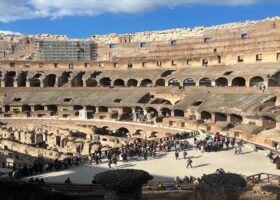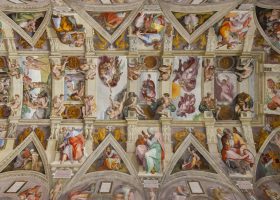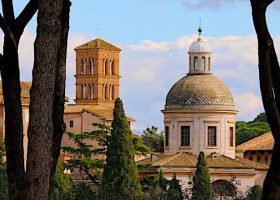Rome ruled the known world for over 800 years. From kings to emperors, republics to imperial power, its streets saw triumph and terror alike. In 410 AD, that unshakable city fell to foreign hands for the first time, shattering myths of invincibility and leaving a psychological scar that resonates to this day. This is the full story of the Fall of Rome.
Table of Contents:
The World Before the Sack of Rome
By the late 4th and early 5th centuries AD, Rome’s republic ideals were long gone. Emperors centuries earlier, like Augustus, had transitioned the city into a permanent imperial system. Christianity had become the official religion under the Edict of Thessalonica in 380 AD, though paganism still lingered. Society was increasingly stratified, with senators holding little real power while ordinary Romans struggled to survive.
- Christianity was the empire’s official religion, yet pagan temples and traditions persisted.
- Political power was concentrated among a few elites; the Senate had become largely ceremonial.
- Ordinary Romans depended heavily on grain imports from Africa, leaving the city vulnerable to blockades.
Enemies at the Gates
The Visigoths were already settled within Roman lands as foederati but faced growing pressure from the Huns, which drove migrations and tensions with Rome. Their king, Alaric, had once served in the Roman army and understood Roman politics and military strategy.
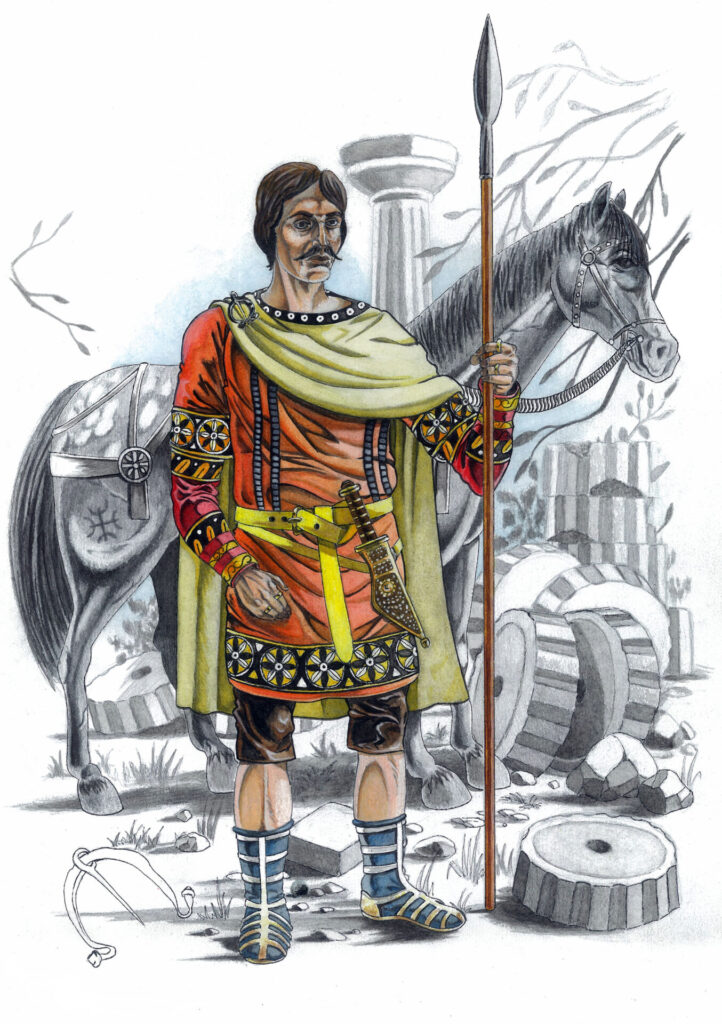
Key points about the Visigoths:
- They were a confederation of tribes rather than a traditional city-based army.
- Alaric sought legitimacy, land, and recognition for his people rather than total destruction of Rome.
- Previous Roman mistreatment, including corruption and food shortages, fueled Goth resentment.
The Night the Gates Opened
Rome fell when the Visigoths were let into the city under conditions still debated by historians. Accounts suggest betrayal by insiders may have played a role, along with the city’s extreme hunger and weakened defenses.
Key points about the fall itself:
- Visigoths entered the city after years of blockades and negotiations for tribute.
- Starvation and the lack of Roman legions made organized defense impossible.
- Looting lasted for three days, targeting gold, silver, silks, and other treasures.
Loot, Fear, and Faith During the Fall of Rome
The sack was selective. Churches like St. Peter’s were spared, reflecting the Arian Christian beliefs of the Visigoths, who considered Christ subordinate to God. Ordinary Romans suffered greatly, losing property and security, while aristocrats begged for mercy.
Inside the city during the sack:
- Many senators hid wealth in cisterns or fled the city.
- Luxury goods, religious artifacts, and slaves were taken.
- Christians debated whether the fall was divine punishment or historical inevitability.
A Timeline of the Collapse of Rome
- 370s AD: Huns push westward, displacing tribes into Roman lands.
- 376 AD: Visigoths allowed in as foederati but treated harshly.
- 378 AD: Battle of Adrianople; Emperor Valens killed.
- 382 AD: Peace treaty lets Visigoths settle in Roman lands.
- 395 AD: Death of Theodosius; empire splits permanently into East and West.
- 397–400 AD: Alaric rises as Visigoth leader, leveraging Roman titles and alliances.
- 401–402 AD: Alaric invades Italy; initially repelled.
- 402 AD: Emperor Honorius moves the capital to Ravenna, leaving Rome vulnerable.
- 408 AD: Stilicho executed; barbarian families massacred, angering Alaric.
- 408–409 AD: Alaric blockades Rome, starving the population.
- 409 AD: Senate pays Alaric tribute of gold, silver, silk, and pepper.
- 410 AD, August 24: Visigoths enter Rome; city looted for three days.
What Came After the Fall of Rome
After the sack, the Visigoths moved on under new leadership following Alaric’s death. Rome would be sacked again in 455 by Vandals and in 546 by Ostrogoths. Augustine of Hippo wrote City of God, arguing that Rome’s earthly collapse was irrelevant compared to God’s eternal city.
Key points about aftermath:
- Refugees fled to North Africa and the East.
- Psychological shock outweighed physical destruction; Rome’s monuments survived.
- Christianity’s rise reshaped the way Romans interpreted history and fate.
Why The Fall of Rome Still Resonates
Rome’s fall was not the end of the world, but it shattered the image of an invincible empire. The story of 410 AD reminds travelers and history enthusiasts that even the most powerful civilizations are vulnerable, and that the human experience behind historical events is as compelling as the monuments themselves.
Best Tours to Learn About Ancient Rome
Step into the world of emperors, senators, and citizens who once walked Rome’s streets. These tours bring history to life, letting you experience the rise, glory, and decline of the Eternal City:
Final Thoughts
The fall of Rome wasn’t just a military defeat—it was a psychological shock that reshaped the empire, religion, and everyday life in the Eternal City. Even today, walking through Rome, it’s possible to feel the echoes of its 800-year history, from the rise of emperors to the monumental architecture that survived the centuries.
For those curious to dive deeper into the people and places that shaped Rome:
The Five Good Emperors and What Made Them Great
The 7 Most Accomplished Emperors of Ancient Rome
The 30 Most Important Roman Structures That You Can Visit Today
Here’s Where To Stay in Italy’s Most Popular Destinations
Rome, Florence, Venice, Amalfi Coast, and Capri

